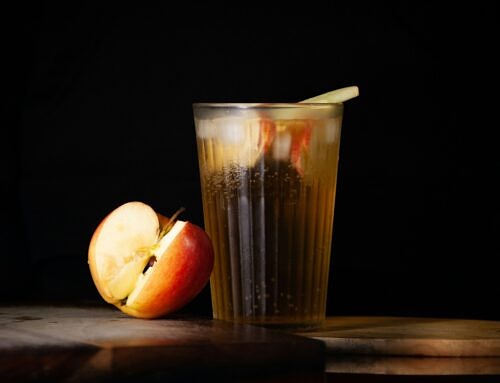
A Very Different Kind of Pudding
The Christmas pudding is thought to have originated in the 14th century. At that time it contained meat! Alongside the beef or mutton, the pudding contained dried fruit, spices and wine. The texture was more of a soup than what we now consider to be a pudding and was called “frumenty”. It was eaten during the time of fasting in the preparation for Christmas (Advent). It was only after the 16th century that the pudding became a sweet rather than savoury dessert. However, pudding recipes still use animal products in the form of suet (fat from around the animals’ kidneys); vegetarian-friendly variations are available.
The pudding had several names over the years, including plum pudding (due to the Victorians’ use of raisins and other dried fruit in place of prunes – dried plums – in other desserts) and figgy pudding.
Christmas Pudding Ban
In 1647 Oliver Cromwell and the Puritans (zealous Protestants) banned Christmas pudding in England. In fact they abolished the entire feast day of Christmas Day itself, with the celebration of Christmas becoming a punishable offence! Christmas jollity was seen as being a part of the old Catholicism and not in-keeping with the Holy Day.
The ban lasted until 1660 when the Puritans lost power and Charles II took the throne. King George I allegedly re-established the pudding as part of the Christmas meal in 1714 following his tasting of it for the first time (he was the son of a German Duke and knew little about England). While this latter belief has endured, there is no actual proof that this occurred.
Associations With Faith
Reflecting the Christian meaning of Christmas, several religious beliefs and associations have been given to Christmas pudding:
- 13 ingredients to symbolise Jesus and his apostles
- The sprig of holly on top to symbolise the crown of thorns
- The lighting of alcohol on the pudding to symbolise Jesus’ love and power
- Stir-up Sunday (the last Sunday before Advent Sunday when puddings are traditionally made) named due to the opening words of The Collect from the Book of Common Prayer of 1549: “Stir-up, we beseech thee, O Lord, the wills of faithfully people; that they, plenteously bringing forth the fruit of good works.”
A Tuppence For Luck?
Not only does the inclusion of money in a pudding seem a bit unhygienic, it is also a fairly big choking hazard and may be not the best thing for your teeth (unless you know to search for it before eating of course)! However, finding the coin used to be considered good luck.
The tradition of including items for luck in the puddings dates back to their beginnings when dried peas or chicken wishbones may have been added. This developed into a silver coin being included in the puddings for a lucky guest to find. Of course it is important to consider the metal that is used to make the coins – historically the coins did not appear to be affected by cooking but any made of copper and/or with a coating may deteriorate with the heat and contaminate the pudding.
Present Day Recipes
There is a wide range of Christmas pudding recipes around today. Not only are the flavours of the commercial puddings quite different, homemade recipes can vary hugely. Some contain alcohol, some nuts and some even contain gravy browning! As a teenager I made a terribly unhealthy Christmas pudding using a recipe in the local newspaper. It was essentially chocolate and biscuits with a bit of fruit! The one I make now is a recipe from my mother-in-law (checkout White Swan Reflexology if you are in the North Lincolnshire area and in need of some relaxation). The recipe includes nuts but no alcohol (we sometimes add this when serving – flambé style), and the pudding is more of a medium brown colour than some puddings. I tried a different cooking method this year, using the pressure cooker instead of steaming on the hob. The reason was simply to avoid using the gas hob for 6-8 hours! Fingers-crossed it will be cooked properly…..
I remember the Christmas pudding my primary school served was almost black in colour. I didn’t like it but the dinner lady saw me trying to leave the hall with it uneaten and told me to go and sit back down. I confess that I was naughty and sneaked out without eating it when her back was turned a few moments later (sorry Santa but I really didn’t like it!)
Now bring us some figgy pudding
Now bring us some figgy pudding
Now bring us some figgy pudding
And bring it out here!
Good tidings we bring to you and your kin.
We wish you a Merry Christmas and a Happy New Year.
References/Further Reading
- A website with information about many Christmas traditions that you may find interesting: https://www.whychristmas.com
- For more inforation about the political battle for Christmas at the time of Cromwell, follow this link: https://www.historyextra.com/period/stuart/no-christmas-under-cromwell-the-puritan-assault-on-christmas-during-the-1640s-and-1650s/



